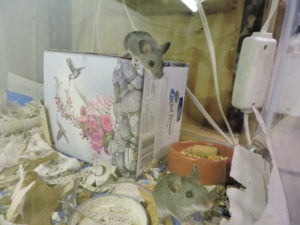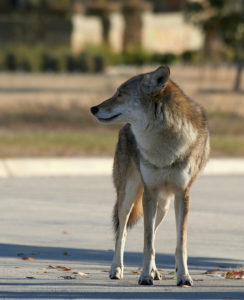
Wildlife rehabilitation laws and regulations are set by states (except bird laws which are set by the federal government through U.S. Fish and Wildlife). So rehabilitation practices can vary quite extremely from state to state regarding who—if anyone— is allowed to rehabilitate wildlife, the qualifications and training the rehabber must possess and what animals they are allowed to work with.
The most common animals people find injured or orphaned are the ones they find in their back yards and along roads—because that’s where people most frequently come into contact with wildlife. So the “frequent fliers” in wildlife rehab are the species that tolerate and live closest to humans. Many wildlife species rarely come into rehab because they are so remotely located that people never find them.
Rehabilitators get both native and non-native mammal and bird species brought in for care. It is not infrequent that a rescuer will bring in an injured animal and have no idea what species of animal it is, so obviously they also have no way of knowing whether it is a native or a non-native species.
Even if they do know, for philosophical or moral reasons, the rescuer may feel an obligation to help the animal because it is suffering and they want to reduce suffering for all living beings, native or not.
All that is fine and well. Arguments can be made from both ecological and moral perspectives on how to think about and interact with non-native species of animals and plants. This site isn’t going to take a stand on that, but for access to information’s sake, this site does list some non-native wild animals.
So while rehabilitators may understandably be brought rescued, non-native species, the law of any given state may limit what species of mammals and birds the rehabilitator is legally allowed to treat and release back to the wild.
In my state—Virginia—the law in 2017 currently does not allow the following non-native birds and mammals to be released back into the wild, if they for some reason come into a rehab facility:
- Eurasian collared doves
- European starlings
- House sparrows
- Rock doves (pigeons)
- Mute swans
- Ring-necked pheasants
- Black rat
- Black tailed jack rabbit
- Coyote
- Deer, White-tailed (Adults)
- House mouse
- Norway rat
- Nutria
- Rabbit, Black-tailed Jack
Related: see also Top 20 Bird Admissions and Top 10 Mammal Admissions under the “Ranking Lists” tab on this site.

